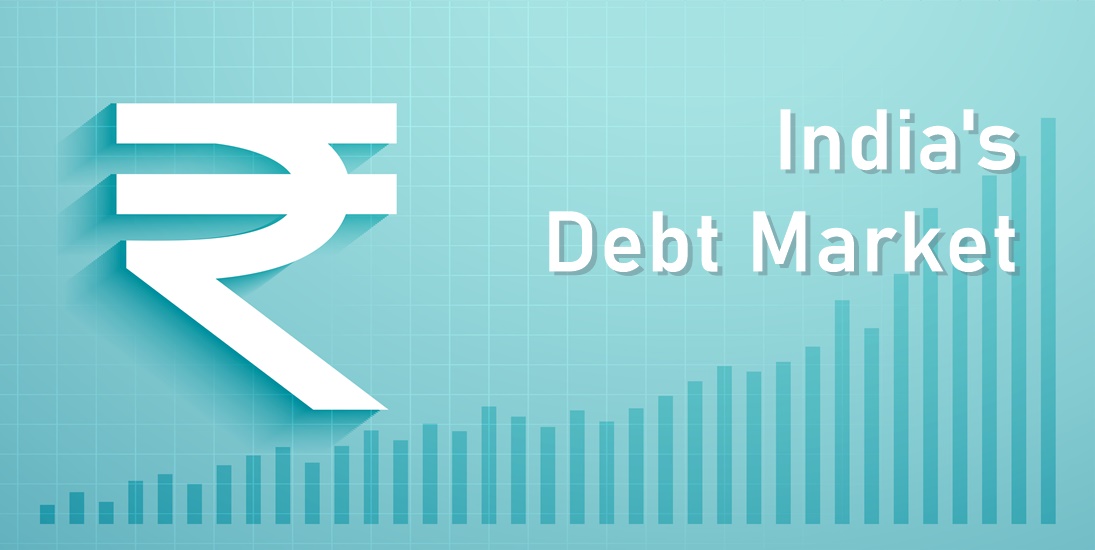Even as the Indian economy inches along, the private debt market stands out as a particular bright spot in the overall Indian financial ecosystem. Reports show that by 2024, the private debt market will breach $18 billion in assets under management (AUM). These are huge for a mere milestone, as India moves to become the regional leader in the private debt space and leapfrog other Asia-Pacific markets. Let's move on to the details of factors that have propelled this, the role of regulatory reforms, and how this market is shaping up the financial landscape of India.
Private debt is the financing extended by non-bank lenders to businesses and households where bank lending is not available or considered inadequate. Demand for private debt in India has grown incredibly over the past few years with businesses seeking more flexible sources of financing that support growth. The demand is most pronounced at middle-sized businesses, which are the poorest servicing customers of the traditional financial institutions.
India-focused private debt AUM accounted for $14 billion in 2022. However, these figures saw a growth of 29% and closed the year in 2023 at nearly $18 billion. This outstanding growth is on account of several factors mainly regarding the wide expansion of the Indian economy, which demands more dynamic and flexible sources of funding than those offered by traditional lending routes.
Indian government-driven reforms are essential for the growth of the private debt market. The most significant reform has been in the form of the Insolvency and Bankruptcy Code, which streamlined corporate debt restructuring and bettered the process of insolvency resolution. IBC introduced much-needed legal clarity and increased investor confidence, therefore providing more capital to seep into the private debt market.
These reforms do not only attract domestic investors, but are also turning the attention of global private capital players. With clarity about the process at the back end, i.e., bankruptcy and debt recovery, it is now easy for investors to participate in this Indian private debt market so as to provide capital to businesses that otherwise may not qualify for ordinary bank loans. This trend is likely to continue as India goes about perfecting its regulatory framework, thus making private debt even more attractive as an asset class.
Private debt is growing the fastest, but it's not the only part of private capital that's exponentially increasing in India. Venture capital, private equity continues to dominate the Indian financial landscape. AUM of India-focused venture capital as of December 2023 had jumped almost $45 billion and accounted for 36 percent of all India-focused private capital.
Even when the markets of the world are soft, private equity finds ways to go above and beyond such general softness. Data regarding Preqin suggests that the markets of India public have outperformed the majority of the major economies in recent years and therefore been an important contributor to the robust nature of private equity in the nation.
In 2023, private equity exit volumes stood at 85 and had reached 46 by mid-2024. These performances indicate the strength of private capital markets in India with favorable economic conditions and regulatory reforms.
{Ref. https://www.preqin.com/insights/research/reports/private-capital-in-india-2024-preqin-territory-guide }
As the economy in India expands, most mid-sized businesses rely on private debt finance to drive expansion. Most of the time, the traditional channels of banking are constrained by strict lending criteria, making it hard for businesses looking for capital. Private debt is, in most instances offered with amenable conditions where needed to fit into the specific business requirements. This flexibility has made private debt attractive companies in industries that would otherwise be considered less than adequate by the traditional sources of lending.
Private debt funds are not less likely to raise capital faster than banks most of the time due to their bureaucratic lags and elongated cycles of approval. Therefore, private debt is fast becoming a very effective tool for businesses having to act quickly on time-sensitive opportunities.
Want to give your business Global Validation & Legitimacy?
Apply for LEI Registration with MNS
(A validation Agent Appointed by GLIEF for issuance of LEI in India)
With a promising future for private debt, it sure seems like it is one of the secure asset classes for India as AUM is predicted to cross the $18 billion mark by the end of 2024, and growth is likely to be sustained as more businesses seek to find financing through private debt, with the market attracting both local and global investors, considering that there have been regular changes in the regulatory framework in the form of IBC, among others.
Looking ahead, several trends are expected to shape the future of India’s private debt market:
The following trends will help India's private debt market shine brighter in the future years:
1. More global investors: With increased confidence in India's favorable regulatory environment and also the country's growing economy, global investors will be playing an increasingly important role in India's private debt market. The more capital inflow brings to a more liquid and diversified market for businesses' finance options.
2. Growth Beyond Mid-Sized Businesses: While mid-sized businesses have so far been the focus target customers, large corporations now too seem to be interested in private debt. As the market matures, private debt funds will increasingly look to big businesses, for this capital would be required for such a large expansion.
3. Technological Integration: Technology put to use in the financial industry will make the private debt market more efficient. Whether it's automated underwriting or blockchain-based loan-tracking systems, technology is going to play a pivotal role in making the private debt process as seamless as possible with minimum risk for lenders and borrowers.
4. Sustained Economic Growth: Sustained growth in the Indian economy is supported by a favorable demographic profile and large-scale investment in infrastructure, with high GDP growth; demand for flexible funding solutions such as private debt will continue to increase.
Indian financial sector now sees the private debt market emerging as an important entity. This market is likely to grow further with AUM crossing the $18-billion mark before the end of 2024, as regulatory reforms and growing economies find fertile ground for growth in the market, against the backdrop of a rise in demand by businesses for more flexible financing. With increased entry of other global investors into the market and further technological advancement improving efficiency in the transaction of private debt, there is also hope in this rising asset class.
This means the opportunities for businesses and investors remain open within this newly emergent Asia-Pacific region of private debt market leadership for India. Whether it's the mid-sized companies that have capital to grow or investors seeking new avenues of return, the private debt in India is a trend waiting to be watched over the next several years.
Recommended Read:









